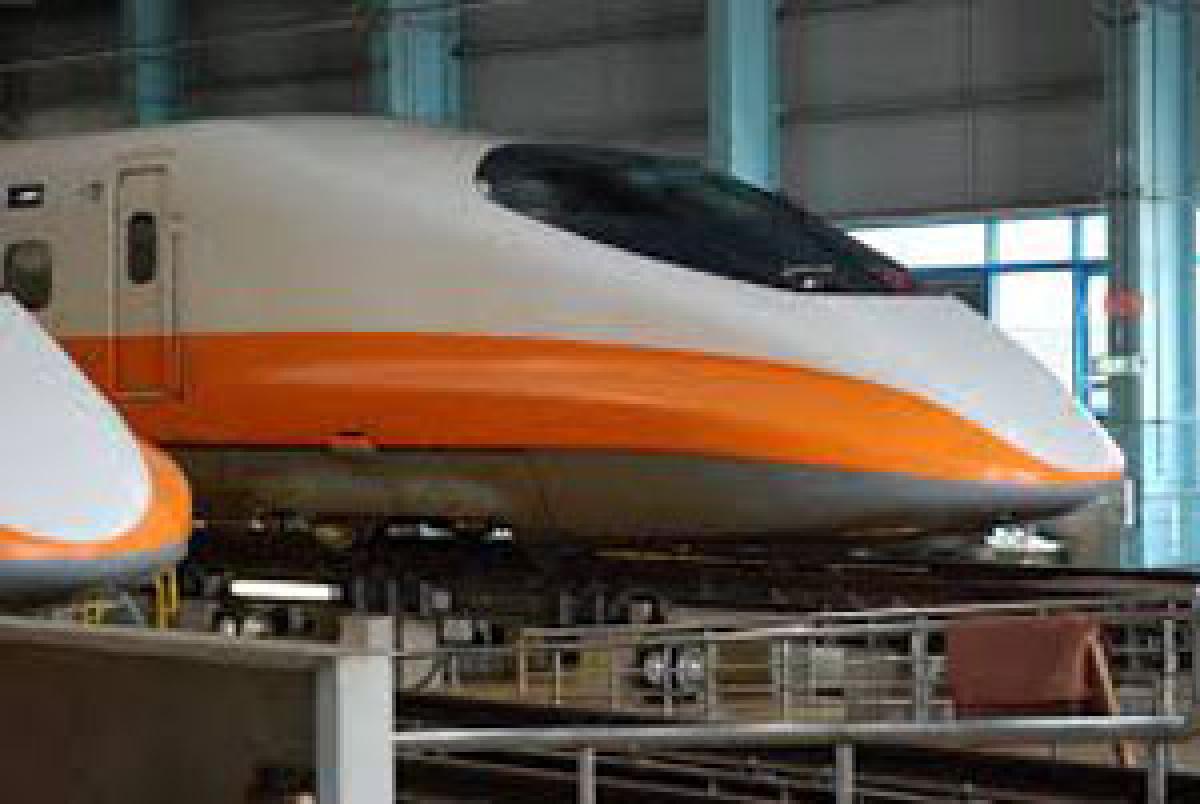Live
- PM Kisan Samman Nidhi scheme bringing smile to Nalanda farmers
- German economy forecast to lag eurozone growth until 2026
- CM Shinde orders stern action against hoarding of onions amid rising prices
- Protest rallies in Manipur against 'mass killing of 10 village volunteers'
- Open Network for Digital Commerce: Tirupati corporation to promote SHG groups products online marketing
- 4th T20I: India elect to bat first in series decider vs South Africa
- The Telangana Woman Sushma Thodety Shines in the UMB Pageant's ‘Mrs. India’ Competition
- Suspect arrested after firing shots near Israeli consulate in Istanbul
- IPL 2025: Pant, Iyer, Rahul, Buttler, Shami among most-priced as 571 players set for mega auction
- Delhi Mayor poll: Cross-voting shows AAP councillors’ frustration, says Congress leader Jitender Kochar





 The Union Cabinet has cleared a $14.7 billion Japanese proposal to build its first bullet train line, ahead of Japanese Prime Minister Shinzo Abe's visit beginning on Friday. Japan had offered to finance 80 per cent of the cost of the train linking financial capital Mumbai with Ahmedabad, the commercial centre of Prime Minister Narendra Modi's home state of Gujarat, at an interest rate of less than 1 per cent.
The Union Cabinet has cleared a $14.7 billion Japanese proposal to build its first bullet train line, ahead of Japanese Prime Minister Shinzo Abe's visit beginning on Friday. Japan had offered to finance 80 per cent of the cost of the train linking financial capital Mumbai with Ahmedabad, the commercial centre of Prime Minister Narendra Modi's home state of Gujarat, at an interest rate of less than 1 per cent.



